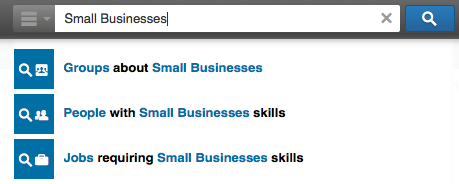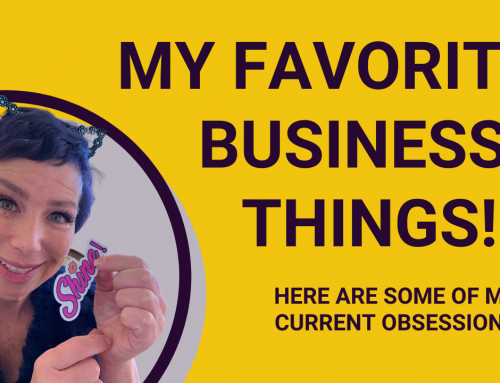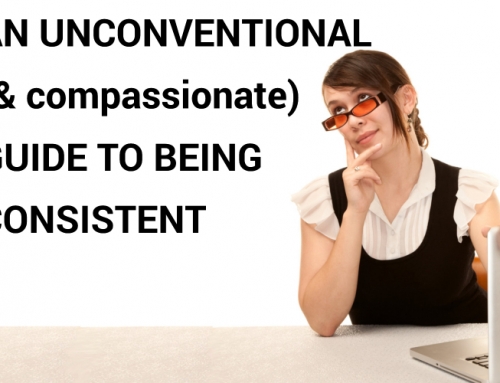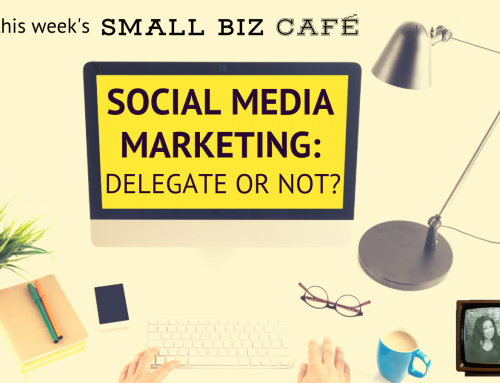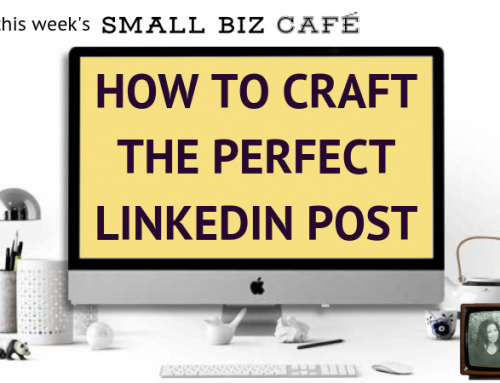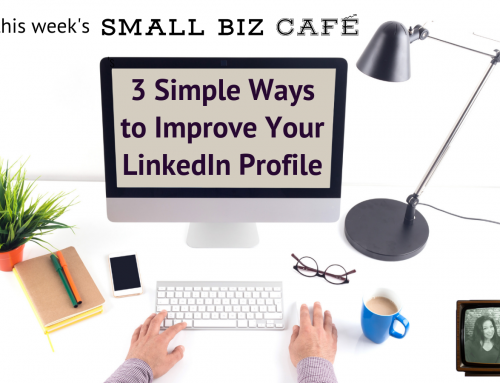If you’re a professional in any industry and want your expertise to shine through on social media, you need to be using LinkedIn effectively. LinkedIn is more than just a fancy web-based resume builder; it’s a place to network with others in your field, to keep up on trends that impact your business, and to find and build relationships with prospective clients and customers. Most LinkedIn users are not utilizing the platform to its full potential. They think that setting up their profile and occasionally connecting with coworkers is the extent of what LinkedIn offers – but there is so much more to it, and the greatest yet most under-utilized asset of them all is LinkedIn Groups.
With over 2 million LinkedIn groups going strong, 8,000 more being created each week, and 200 conversations happening in these groups per minute, there is quite a bit of valuable networking and knowledge that you are missing out on if you are not participating. Not only that, but individuals who engage with posts in LinkedIn groups receive four times as many profile views as those who do not participate (Source). That’s a lot of traffic to your page that comes just from having conversations with other professionals and potential clients. But just because groups are a great and helpful tool doesn’t mean you should just start joining them without doing the research. You need to join the right groups, and share the right content. Here’s how:
1. Finding the Right Group For You
When searching for groups, you must balance your focus between two main fields: Peers and Prospective Clients. Many LinkedIn users focus too heavily on joining groups in their own field. This is great when you’re looking to network with other professionals or share the latest business trends, but something that many users don’t realize is how effectively LinkedIn Groups can help you build an audience of potential clients for your brand. Focusing on groups that your target audience would be likely to join helps you to engage and create a presence within their sphere. For example, if you run a marketing firm that caters to small businesses, it’s best to join less groups about marketing, and more groups about small businesses. If you’re a doctor specializing in sports medicine, join groups that cater to athletes or coaches; a publisher, join groups for authors.
The easiest way to find these groups is simply to search by keywords in LinkedIn’s main search bar.
From there, you can choose “Groups about An alternative way of finding groups relevant to your industry is to go to the “Interests” section of your LinkedIn Toolbar. After choosing “Groups” from the drop-down menu, click on the prompt “Discover” to be led to new groups that LinkedIn believes are a good fit for you. (This is often a great way to find groups of your peers, but a less effective way to find groups to build your target client audience.) For more ways to grow your LinkedIn presence, claim your FREE report of 25 LinkedIn Tips for Executives . LinkedIn users tend to join about 7 groups on average, but the limit of groups that you can be involved in at one time is 100. If you’d like to join a group, there are two options. For Standard groups, you may send a request to join, or be invited by a member or administrator. These groups can be found using the “Group Search” tool on the LinkedIn website or app. However, for Unlisted Groups (which cannot be found via the search tool), you must be invited by a group administrator. Standard groups are much more common, easier to join, and, as such, more popular. However, if there is an Unlisted group that you do want to join, connecting with an administrator and sending them a request in a message would not go amiss. Another great thing about LinkedIn groups is that if there are no groups for a subject that your audience might require, you can start your own! Be creative. Engaging with your new group requires some subtlety. On one hand, you want to get your brand out there so you can find potential customers. However, on the other hand, no one likes to feel like they’re talking to a walking advertisement, and you don’t want to alienate the group that just accepted your request to join. As such, it’s important to be you – your person, not your brand. Search your new group for discussions that pique your interest, and use them as an opportunity to share your expertise, while remaining genuine. If you hit it off with any particular individuals, send them a private message focusing on their brand, and perhaps use it as a chance to share some aspect of what you or your company offers that might interest them. For example, if you have a webinar coming up about a subject that they mentioned, let them know about it. Being genuine on social media often offers its own rewards. When you share your experience by engaging with others in LinkedIn group conversations, peers and potential clients see that you have something valuable to add to the conversation. Adding a subtle and unobtrusive nod to your brand – like your URL in your signature – while maintaining this demeanor is much more effective than spamming others with constant talk about how great your brand is. Participation is key! Have you had any interactions on LinkedIn Groups that led to a sale or professional relationship? Let us know in the comments!2. How to Join a Group
3. Posting and Engagement
Your Turn


